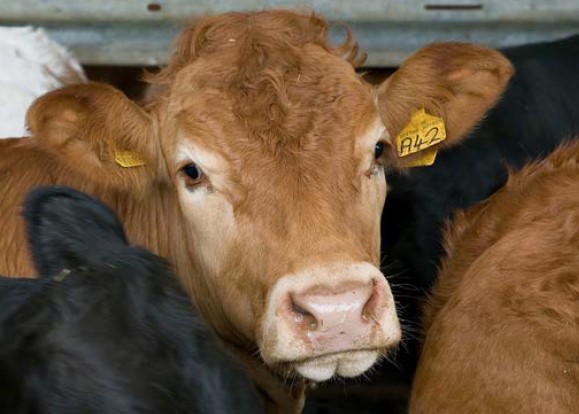- Home
- Knowledge library
- Minimising calving difficulties - Cow care after calving
Minimising calving difficulties - Cow care after calving
Welcome to the minimising calving difficulties series. This section's focus is cow care after calving, including nutrition and postnatal checks.
Management of the cow and calf at calving is a key element of the calving process. Factors that should be well managed include nutrition, calving assistance, colostrum management, disease testing and monitoring and the use of medicines.
Listen to this webinar for more technical detail on suckler cow and calf management. The webinar provides detail on all sections of this BRP+ series, as well as extras such as scours, disease testing and responsible antibiotic use.
Cleansing
Cows should pass the placenta within 12–24 hours of calving. If it has not been passed in this time, consult your vet and, in any instance, monitor the cow’s appetite and temperature until it has been passed and the vaginal discharge has stopped. A cow's ideal temperature is between 38.6-38.8°C.
Nutrition
Pay close attention to the diet of freshly calved cows. The nutrient demand of a newly calved cow is approximately double that of a dry It is important to supply plenty of energy and protein post-calving to maintain milk production and promote recovery after giving birth. The aim should be to avoid a negative energy balance post-calving. It is also important to provide fresh, clean water.
Heifers, in particular, are likely to need supplementary feed because they require energy for maintenance, growth and milk production.

Postnatal checks
To achieve a 365-day calving interval, cows have around 80 days before they need to conceive the next pregnancy.
During this period, it is easy to forget the cows' breeding health while you focus entirely on managing the young calves. However, for a succesful calving next year, you need to think about it immediately after this years' calving. To start conceiving again, the cows must have clean reproductive organs and be cycling normally.
In a herd with a history of below-target re-breeding, it may be worth asking the vet to check for infection and whether cows are cycling. This is particularly important for cows that have had difficult calving's. Such a check involves a manual inspection, which should take no longer than a regular pregnancy diagnosis (PD) test. With an estimated production cost of £450-800/cow/year depending on the system, getting one more cow back in calf will more than cover the examination cost.
Explore the below sections for guidance on minimising calving difficulties throughout different stages of production.
The information on these pages was compiled by Katie Thorley, AHDB Beef & Lamb and David Black, Paragon Veterinary Group and reviewed by Dr Alexander Corbishley, University of Edinburgh.



-1.jpg?v=637780260550000000)
.jpg?v=637780260560000000)

